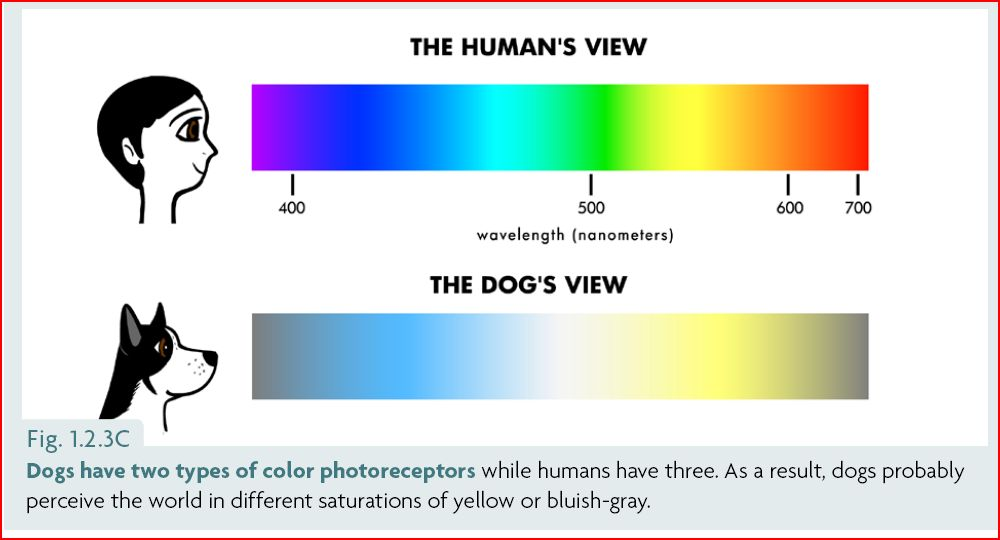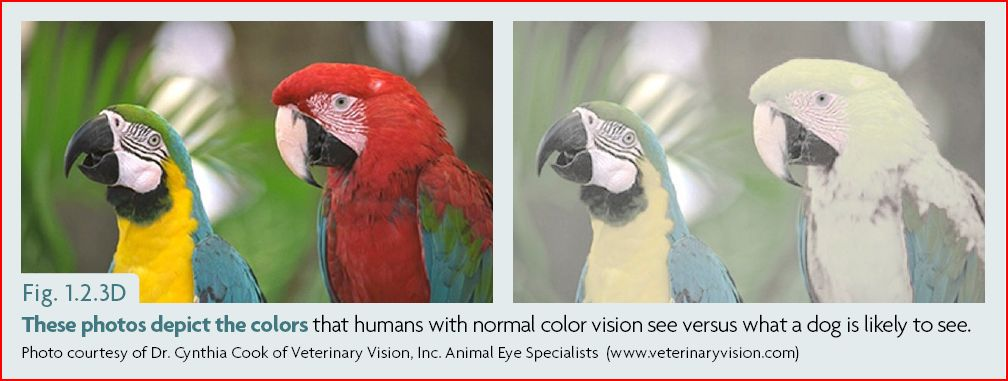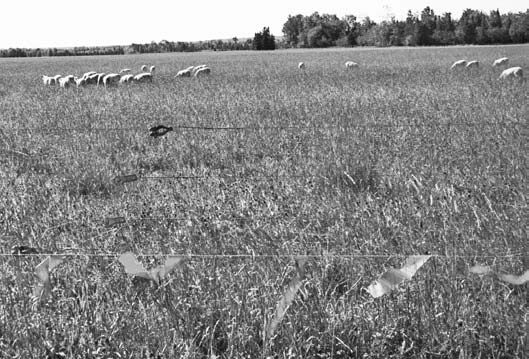Nonlethal Methods to Prevent Conflicts Between Livestock and Wolves
Nonlethal Methods to Prevent Conflicts Between Livestock and Wolves
While livestock losses from wolf predation are relatively low in Minnesota, reducing wolf-livestock conflicts is critical to helping Minnesota’s farmers, wolves, and communities co-exist and thrive.
Due to federal Endangered Species Act protections, it is currently illegal for farmers to harm or kill a wolf in Minnesota and across the Great Lakes region. Instead, in Minnesota, wolves are typically killed by government agents where livestock predation has been confirmed. In 2017, there were 89 verified complaints of wolves at 76 sites in the state. Out of this, 76 calves/cattle were verified to be killed by wolves on farms in Minnesota. In response, 199 wolves were baited and killed by USDA Wildlife Services. This is likely more than 10-15% of the entire Minnesota wolf population. Existing state and federal funds are in place to compensate farmers for losses, provided the incident is reported and verified.
In an effort to reduce both the number of predator conflicts with livestock and the number of wolves killed in response, Howling For Wolves promotes nonlethal methods as an important tool to assist farmers/ranchers in preventing wolf-livestock conflicts. There are several effective nonlethal methods that help reduce predator conflicts with livestock listed below. Strategic animal husbandry practices combined with nonlethal predator deterrents have been shown to considerably reduce wolf-livestock conflicts.
Alarm or Scare Devices: Combinations of alarm systems with flashing and/or moving lights and/or sounds are used for the purpose of scaring wolves from areas of livestock activity. Several products already on the market are affordable, easy to use, and have been proven effective.
Fencing/Fladry: Permanent or portable barriers and fences, sometimes electrified and enhanced with fladry, are effective ways to deter wolves. Fladry is typically a line of rope mounted along a fence line with hanging strips of yellow nylon flags. The flags frighten predators, making them unwilling to cross the line. Although its effect may decrease over time, this method is particularly helpful during high-risk times of conflict.
Livestock Protection Animals: Livestock producers have long relied on dogs and other guard animals to protect livestock from predators. In some instances, the mere presence of protection animals keeps wolves away from livestock. In other cases, guard dogs play a more active role by alerting farmers to wolves and other predators in the area.
Reduce Attractants: Removing diseased, dying, or dead animals or carcasses from areas where they can attract wolves. Like other canines, wolves have a very good sense of smell and can detect prey from miles away.
Human Presence: Regular human activity in areas where wolves are known to exist, especially during calving/lambing periods, effectively deters wolves. The underlying concept is that wolves tend to avoid humans.
Here is information about the colors that wolves/dogs see:
Canines have only two types of receptors, with peak of sensitivity at what is for us blue and yellow. The sensitivity of the photopigments is such that they overlap at green. Producing the balance that is likely perceived as white, just like a perfect RGB balance for us. Dogs / wolves have no sensitivity at and over 650 nm orange, and before reaching this point, it is just dimmer and dimmer yellow finally going into gray due to admixture of other wavelength - not pure color - or black for pure color.
The only study of red colored fladry vs grey of same brightness noted no difference in deterring captive wolves from breaking through to obtain novel food. While informative, this study has limitations. "Effectiveness of fladry on wolves in captivity", Muziani et.al. 2001 noted that wolves never crossed red flags or gray flags of matching brightness.
The dog and wolf will have the same color perception. The picture demonstrates how dogs (wolves see the spectrum).

While there are no specific studies now supporting yellow versus red fladry, why not try for the best outcome on visibility for the wild wolf? Maybe if the initial startle is enough, the wolf will quickly move along. A color that is highly noticeable by the wolf, and uncommon in the environment, like yellow or blue may have a better or at least as good effect. Because the original red color really never had much basis.
The picture below illustrates nicely how (potentially) parrots look to a wolf. Red and orange look more like dim yellow.

Otherwise, taking red as a shade of gray, it likely looks like this to a wolf (from Testing fladry as a nonlethal management tool for wolves and coyotes in Michigan).This is B&W photo, yet it is illustrative for the purpose:

While most would agree that the studies of fladry use on wild wolves specific to color choice are not conclusive, we should seriously reconsider red as a fladry color based on what is known abut canine vision and color perception. Howling For Wolves prefers the use of bright yellow fladry.
